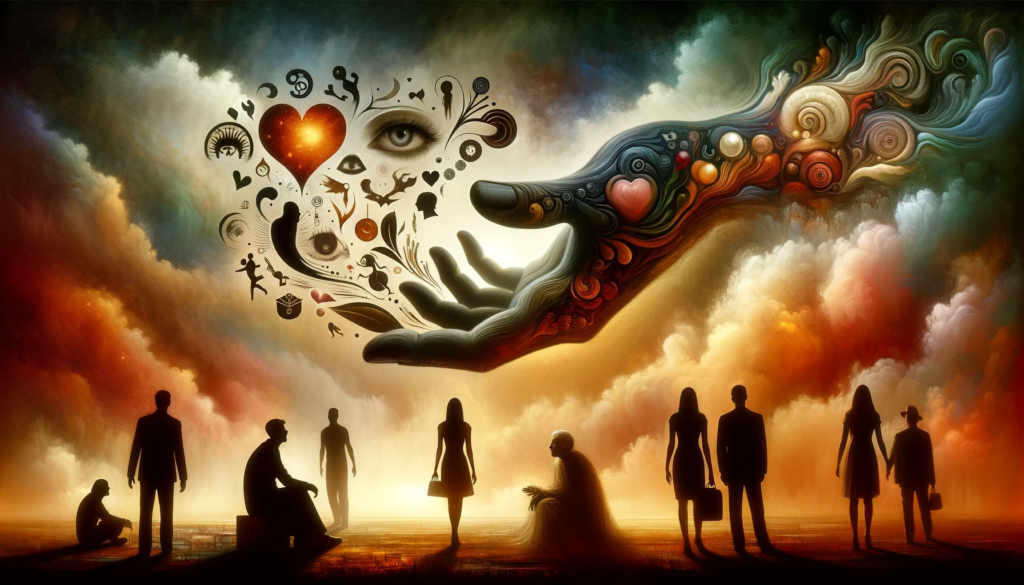
At the heart of human beings lies an innate desire for connection, intimacy, and understanding. These needs are as natural as our need for food or shelter. And while it’s normal to seek fulfillment of these needs, our modern world sometimes offers us shortcuts, ones that may not always be in our best interests. One such shortcut is pornography.
The lure of pornography is not a simple matter of seeking pleasure; it’s a complicated web of psychological, emotional, and biological factors that make it incredibly hard for some to stop, even when it’s damaging their lives.
1. The Power of Instant Gratification
In today’s digital age, everything is at our fingertips. Want food? There’s an app for that. Need to buy something? Click a button, and it’s at your door. This instant gratification can be addictive. Similarly, with pornography, there’s an endless stream available 24/7. The brain is wired to seek pleasure and avoid pain, and when pleasure is readily accessible, it’s hard to resist.
2. The Dopamine Factor
When we engage in activities that give us pleasure, our brain releases a chemical called dopamine. This neurotransmitter plays a crucial role in our mood, motivation, and pleasure systems. Over time and with repeated exposure to pornography, the brain starts associating this pleasure with the act of watching it. This means that the more one consumes, the more the brain craves that dopamine hit. It’s not just about the content anymore; it’s about the chemical response in the brain.
3. Escapism and Emotional Comfort
Life is filled with challenges – stress, heartbreak, insecurities, the list goes on. Pornography offers an escape, a momentary relief from reality. For those moments, a person can be transported to a world where their problems don’t exist, where they can feel powerful, desired, or even loved. This emotional crutch becomes increasingly relied upon, especially during tough times.
4. The Illusion of Intimacy
Real human connection requires effort, understanding, compromise, and vulnerability. With pornography, there’s an illusion of intimacy without the challenges of real relationships. It offers a one-sided interaction where the viewer is in control, free from the fear of rejection or judgement. Over time, this pseudo-intimacy can seem easier and more appealing than the real thing.
5. Habit Formation and Neural Pathways
When an action is repeatedly performed, neural pathways in our brain become stronger. Think of it as a well-worn path in a forest. The more you walk on it, the clearer and more defined it becomes. Watching pornography can become such a path in the brain. After a while, it’s not just a choice; it’s a habit. And habits, especially deeply ingrained ones, are hard to break.
6. Cultural Normalisation
The way society perceives pornography has evolved over the years. With its pervasive presence in media and casual conversations, it’s often seen as a ‘norm’ or ‘just what people do’. This normalisation can reduce the perceived need to seek help or even acknowledge there’s a problem.
When we unravel the complexity of why it’s so challenging to stop watching pornography, we start to see that it’s more than just willpower. It’s a combination of brain chemistry, emotional needs, habits, societal influence, and more. Recognising the depth of the issue is the first step in understanding its hold.
Yet, there is hope. Every person has the ability to change, no matter how ingrained the habit or how profound the impact on one’s life. The journey of understanding and healing often begins with a conversation.
If you or someone you know struggles with the effects of pornography on their life, it might be time to seek professional help. At My Practice Counselling Melbourne, we provide a compassionate, judgement-free space to explore, understand, and navigate these challenges. Reach out, and let’s begin the journey towards a healthier, more connected you.